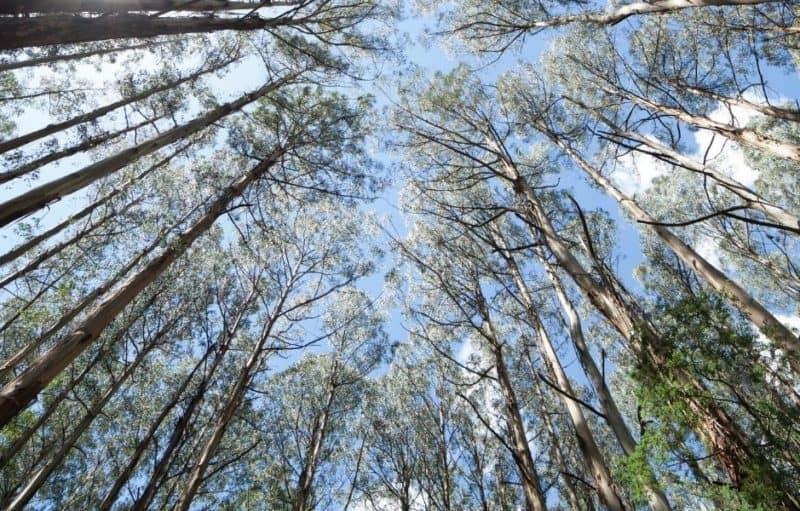PARK WATCH Article December 2021 |
Set to be listed as the second threatened community in Westernport Bay – Campaigner Shannon Hurley shares what makes it special, and what makes it at risk.
Chances are you might never have heard of a bryozoan reef, let alone its existence in Westernport Bay.
This is likely because the Western Port Bryozoan Reef Community was only formally described a few years ago in 2017. One of the most exciting things about nature is that discoveries are constantly being made. The flip side is many species go extinct before we have a chance to know more about them, particularly in our marine world.
Following our recent awareness of its existence, the Western Port Bryozoan Reef Community has now been recommended for listing under state threatened species laws. We hope this recognition will result in better outcomes.
The Western Port Bryozoan Reef Community is found only in Westernport Bay, as the name suggests.
This tiny network of living reefs is composed of three different types of bryozoan (Triphyllozoon munitum, Triphyllozoon moniliferum and Celleporaria foliate), known as ‘lace corals’. They form small colonies of up to 1.5 metres tall, less than eight metres below the surface on the eastern arm of Westernport Bay.
These reefs provide a suitable habitat for invertebrates – dominated by polychaete worms, molluscs, ascidians and sponges of various species – that would not otherwise occur in this area. The structures provide protection from predators and currents, attachment points for larval stages, and feeding opportunities – and the thriving invertebrates in turn provide a food source for Snapper, Elephant Fish and Gummy Shark.
While bryozoan reefs are distributed worldwide, what makes the Western Port Bryozoan Reef Community so special is its unique species composition, its reef-forming habits, its shallow depth, and the fact that no other community of this kind has been reported elsewhere in Victorian waters.
What qualifies it for listing as a threatened community is its rarity and highly restricted geographical range (it covers an area of approximately 1.74 kilometres square), its slow growth rate, and its fragility to threats which can lead to its extinction. These include physical damage from anchoring given its location as popular for recreational fishing, commercial port operations and additional shipping activity, pollution and increased runoff carrying sediments and toxicants, and potential for marine pests.
To date, there have been limited marine pest incursions reported in Westernport Bay, particularly compared to the neighbouring Port Phillip Bay, but Wakame (Japanese Kelp) poses high direct risks to bryozoan reefs.
Any harm may be irreversible, considering that it is thought that the substrate that originally supported the settlement and growth of the bryozoan reefs is no longer present, and that new recruitment is limited today to on-reef growth rather than expansion.
The recommendation to be listed under the Flora and Fauna Guarantee Act has been put out for public comment. We are now waiting on a final recommendation to the relevant Minister for Environment and Minister for Agriculture for a final decision.
If successfully listed, the Western Port Bryozoan Reef Community would be the fourth marine community to be listed in Victoria (joining Port Phillip Bay Entrance Deep Canyon Marine Community, Coastal Moonah Woodland Community and the San Remo Marine Community), and the second for Westernport Bay (after the San Remo Marine Community).
As history shows, merely listing a species under threatened species laws does not increase the chances of its protection. It needs to be backed up with real action by using the key legislative tools under the FFG Act to strengthen threatened species management, including developing action statements (of which there are far fewer developed for marine species than land species), developing management plans, and using critical habitat determinations for listed marine and coastal species.
Did you like reading this article? You can read the latest full edition of Park Watch magazine online here.
Want to be kept up to date about this and other nature issues in Victoria? Subscribe to our email updates.
You can also receive our print magazine Park Watch four times a year by becoming a member. Find out more here.
